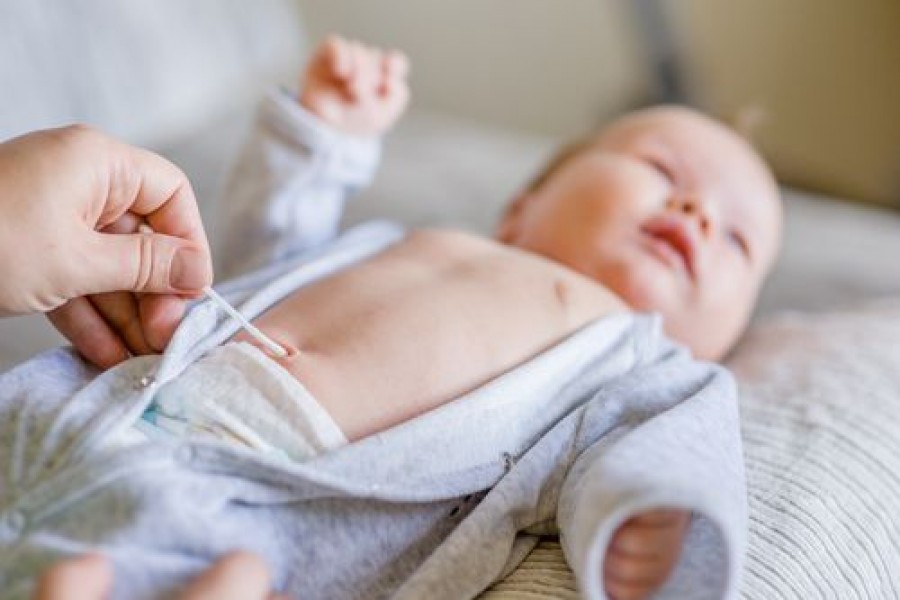8 Treatments For Baby Nappy Rashes
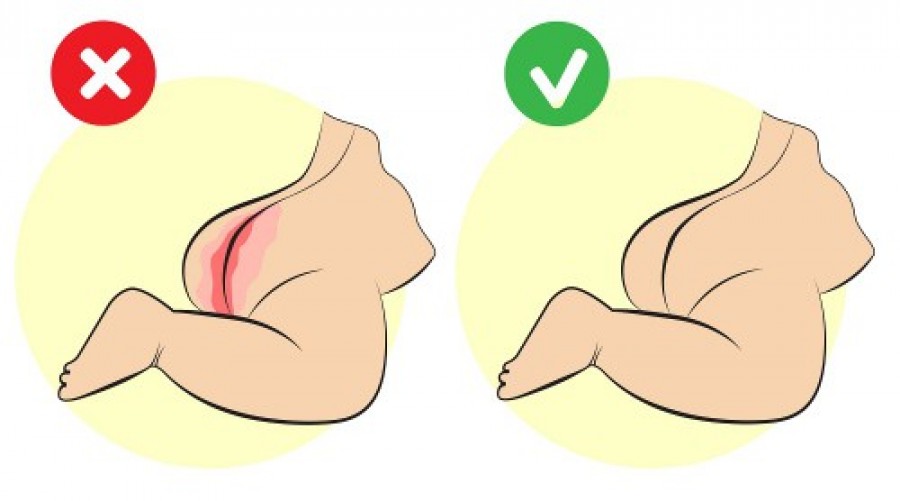
Nappy rash can be very uncomfortable and irritable for a child, and stressful for any parent who is trying to treat it. Know however that you aren’t alone in dealing with this; it’s extremely common and can affect up to a third of toddlers and newborns. This means there are lots of products and advice blogs to turn to for help.
Most babies will get nappy rash at some stage, despite how well they’re cared for. This is usually due to sensitive skin, which all babies have. Rashes can also develop on other parts of their bodies, and like cradle cap, it is treatable.
Causes of nappy rash
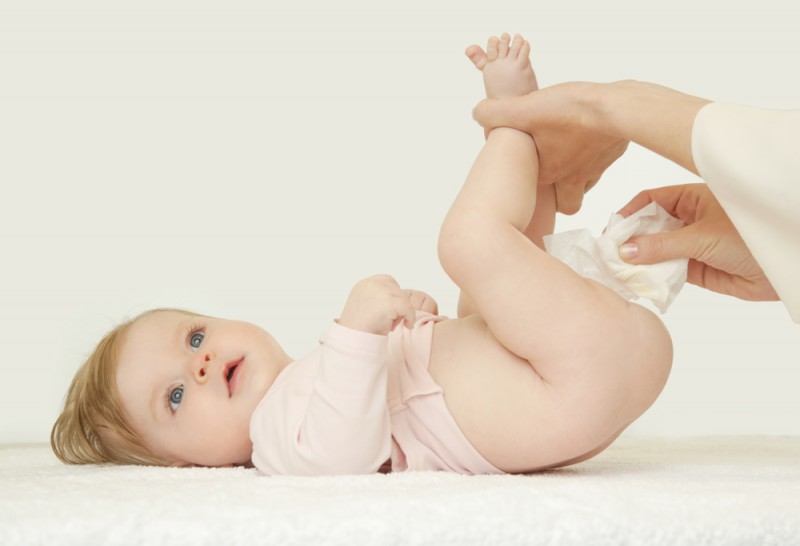
Nappy rash is basically the irritation of a nappy on the baby’s skin but can also be made worse by a variety of other factors.
Mostly it happens because constant moisture, body heat and the rubbing of the nappy combine which leads to skin irritation. It can be worse in skin folds and creases.
The by-products in urine and faeces cause irritation if left in contact with a baby’s gentle tushy for too long. It is made worse in the warmer months, or even if your baby is kept too warm by central heating in the cooler months.
Good quality nappies draw the moisture from urine away from the baby’s bottom and into the nappy weave, which can reduce the incidence of nappy rash happening. Changing your baby’s nappy often and using better quality nappies can help, but sometimes nappy rash just happens anyway.
While nappy rash is very uncomfortable for your baby, it isn’t dangerous. You just need to reduce his contact with whatever might be causing the irritating and make sure the area doesn’t become infected.
Others contributing factors (causes) include:
1. Irritations from bacteria and yeasts like candida and thrush
Sometimes nappy rash has a fungal cause rather than just moisture and warmth causing irritation.
Candida is a naturally occurring yeast which people have in their mouths and around genital areas and doesn’t always cause problems. When candida develops into a fungal infection it is called thrush, which in babies can cause a rash or develop from an already present basic nappy rash. Normal urine doesn’t generally contain bad chemicals but add candida, bacteria or germs and this could bring ammonia out in the wee, which hurts quite a bit more.
If your baby has had one or more courses of antibiotics to treat another illness, then he may as a side effect develop thrush.
2. Cloth nappies
Cloth nappies have come a long way in terms of quality and convenience, and are wonderful for the environment as an alternative to disposables. They don’t draw moisture away from your baby’s bottom as well as the disposable ones, however.
Babies in cloth nappies may be more inclined towards suffering from nappy rash. You need to be more careful to change cloth nappies often to make sure that little bottom is as constantly dry as possible. You might find disposables are better for overnight for this reason.
3. Detergents or chemical exposure (baby wipes, scented soaps or body lotions)
Babies can be sensitive to many different chemicals, soaps,and detergents. Your baby might come out in a rash because of the brand of wipes you are using, soap or baby wash in the bath, or the detergent you wash his clothes in.
You made need to try different brands of products or make your own from natural ingredients until you see an improvement.
4. Allergic reactions
As well as a possible allergic reaction to chemicals or detergents, your baby might develop a nappy rash as a result of an allergic reaction to food, or even just things in the environment. Some small children react to dust, grass, or pet hair in the environment.
Common food intolerances can include lactose or dairy, gluten, peanuts, strawberries, eggs,and tomatoes. Your baby’s nappy rash may also become worse just as a result of starting solid foods.
5. A cold or viral illness
Your baby might develop a nappy rash when he has a cold or viral illness, usually because he has diarrhoea or just using his nappy more often.
Symptoms of a nappy rash
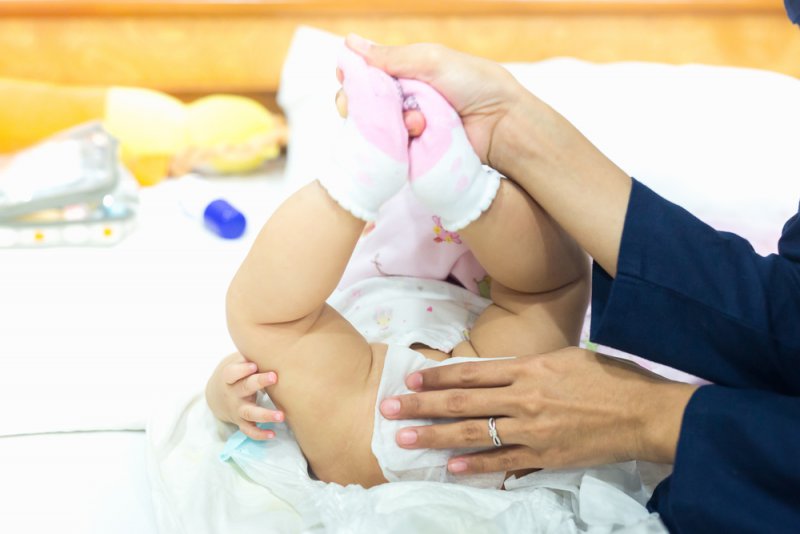
You’ll definitely know straight away if your baby has a nappy rash, but these are a few symptoms to look out for. However, not all rashes are nappy rash and can be eczema or an allergy from chemical exposure or food.
Symptoms to watch out for:
1. Red and raw skin
The nearby skin looks red and raw, or can have a spotty appearance at the area of the rash. There may be a defined line or edge to the rash which usually means it is a fungal infection.
2. Ulcers
Small ulcers may appear around the irritated area.
3. Uncomfortable baby
It is sore or itchy when the irritated area is wiped after changing a nappy. Your baby will most probably show signs of discomfort or irritability and may be in pain when you touch his bottom to clean it.
4. Rashes on other parts of the body
Nappy rash can also spread to nearby parts of the body, including the stomach. Keep an eye out for redness around this area.
How to treat nappy rash?
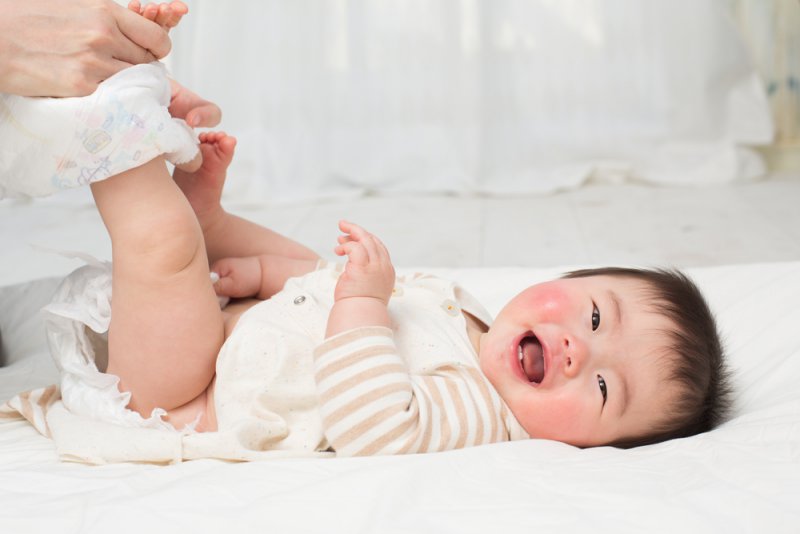
Luckily, you can treat your baby’s nappy rash at home if it hasn’t developed into an infection. But with nappy rash, prevention is best, so do everything you can to keep that little botty dry and fresh.
Steps to treat basic nappy rash:
1. Change the nappy often
Change your baby’s nappy often to help keep the area dry and to give your baby’s skin some time to heal over the length of a week. A nappy should be checked every hour just in case, which should be changed right away if it’s wet or soiled.
2. Let the skin heal
Fresh air is your baby bottom’s best friend.
Allowing your baby’s skin to heal is important, and open air is probably the best way for this to happen. Let your baby lie down on an open or loosened nappy or towel instead, but make sure you’re placing your baby onto an extremely clean surface.
3. Keep the area clean
Clean your baby’s skin with lukewarm water and a mild soap (organic and natural is best), and rinse it off by gently patting your baby dry with a clean towel.
4. Protective creams
A protective or barrier cream can also be used after every nappy change, like zinc, Vaseline or natural Paw Paw ointment, which you can purchase from a local supermarket or chemist. Zinc cream is a good option to add to the nappy rash, or white soft paraffin works well also. You want to look for a cream that doesn’t wipe off easy.
Protective creams repel the moisture from your baby’s skin and should be used all the time to prevent the condition from developing in the first place.
5. Treatments
Once the rash has developed, you can get a prescription from your doctor for a medicated cream that can help to treat it, usually a cortisone cream containing steroids. Your doctor might also prescribe an anti-fungal treatment if your baby’s nappy rash has developed into an infection like thrush. Canesten is a popular anti-fungal cream used for infections if nappy rash worsens.
However, these should be used in extreme circumstances and by following the instructions given by your doctor and on the packet.
Other Handy Tips
6. Breast milk to treat nappy rash
Did you know that breast milk is full of healing properties and good bacteria? In addition to the many alternative uses for breastmilk, it can also be used to help treat nappy rash by expressing the breastmilk and dabbing it on the affected area, which should actually speed up the healing process. You want to allow the area to dry once you’ve applied it.
Breast milk as a treatment option has received positive reviews from mothers, who claim they can use it for many other ailments. You can combine grape-seed oil with breast milk, some beeswax and a few drops of vitamin E oil to create your own natural breast milk nappy rash ointment, otherwise, you can use plain breast milk.
7. Natural products you can use
You can make your own nappy rash home remedy by combining 10% olive oil with zinc paste. Other natural treatments include:
· Apple cider vinegar in the bath
· Live cultures like yoghurt dabbed on the area
· Coconut oil in the bath or made into a paste with organic cornflour
· Oatmeal bath
· Olive oil and liquid aloe vera used as a spray on the affected area
· Cold tea and honey
8. Wipes and other goodies
Wipes aren’t really recommended when cleaning your baby because they contain alcohol or other chemicals and irritants, which will make the rash worse. However, you can find organic wipes that are gentle on sensitive skin, but they’re probably best for nappy rash aftercare. Be sure to look at the ingredients before using them on your baby at any time.
Don’t use talcum-based powders for nappy rash as they contain harsh materials. Don’t use any antiseptic on a nappy rash.
Healing time and how to prevent nappy rash
A nappy rash should heal in around three to four days with home treatment, but if it doesn’t clear up after five days or gets worse over time, it’s best to speak to your GP for advice.
The best way to prevent nappy rash from happening again is to prevent extreme moisture. A dry bottom is achieved by as much nappy–free time as possible, as being in a nappy constantly can actually cause the problem to begin with. If you’re putting on a new nappy, always make sure that the skin is clean and dry, and then apply a thin layer of protective cream on your child’s bottom after every change.
How to tell if it is something more serious
Not all rashes are nappy rash, so be sure to get medical attention if it persists, as it can also be eczema or a skin infection that will not respond to the usual nappy rash treatment. If the condition has become infected, then your baby might need a course of antibiotics as well as the usual nappy rash treatments.
Overall, nappy rashes aren’t extremely dangerous, but they can be uncomfortable for your baby due to the raw and red skin which becomes irritated. It can get worse over time or without proper treatment and can turn into a fungal infection like thrush, which will need proper medical attention, usually with the use of anti-fungal creams.
Although your baby’s skin might appear red, sore or spotted with small pimples, don’t assume that it’s always nappy rash, as other common skin problems can be caused by an allergy or eczema, which can also appear on any part of the body.
If the wounds on your baby’s bottom are cracked and bleeding, oozing, or smell bad, or don’t clear up after a few weeks, you should get extra advice. Also get more help if your baby seems unwell in general, including if they are off their feeds, losing weight, have dry nappies or a fever.
Seek medical attention from your GP or a dermatologist for further information and if you’re unsure what the rash is.


